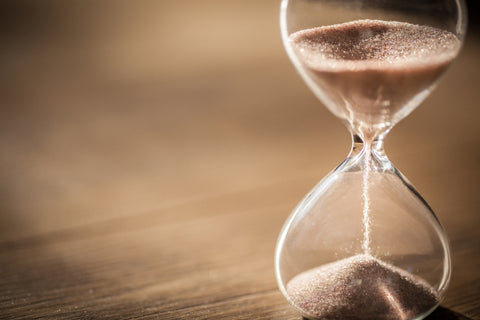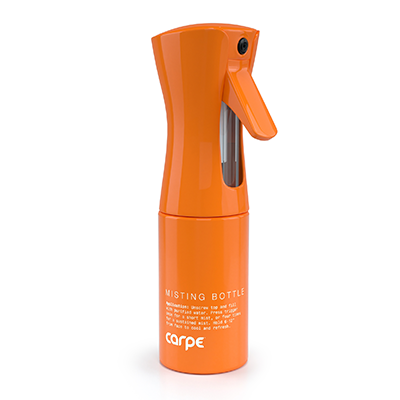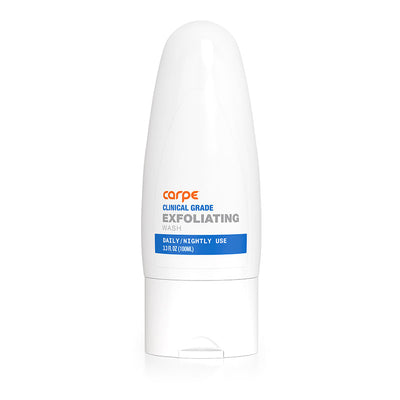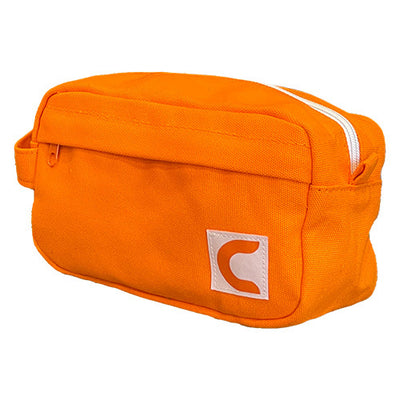You’re at the doctor and you mention that you’ve been experiencing excessive sweating - then he suggests the possibility of diaphoresis. If you’re like most people, you’re probably wondering: what is diaphoresis? Keep on reading!
What Is Diaphoresis?
There are specific reasons why humans sweat, but sometimes sweating occurs when it shouldn't. Diaphoresis is the word doctors use to define excessive sweating that has no apparent cause. The exact diaphoresis definition is this: sweating to an unusual degree as a symptom of a disease or as a side effect of a drug.[1] Diaphoresis can manifest any time a person has an underlying issue that causes them to sweat excessively. Another term you’ll hear to describe diaphoresis is secondary generalized hyperhidrosis.[2]
There are two primary kinds of hyperhidrosis, or excessive sweating – primary focal hyperhidrosis and secondary generalized hyperhidrosis.[1] If you think you may be suffering from this condition it is wise to learn more about hyperhidrosis and speak with a doctor about your concerns. There are other types of hyperhidrosis, like gustatory sweating and compensatory sweating, that are caused by trauma or as a side effect of a surgery. It is important to differentiate between these kinds of hyperhidrosis as the treatments for each type are different. As mentioned previously, diaphoresis is almost exclusively used to describe secondary generalized hyperhidrosis.[2]
Primary Focal Hyperhidrosis
Even though primary focal hyperhidrosis (PFH) is not technically the same as diaphoresis, or secondary generalized hyperhidrosis, it is worth understanding so that you know the difference between the two conditions. Hyperhidrosis is actually pretty common, and primary focal hyperhidrosis is the most common type. Up to 90% of all hyperhidrosis cases are the primary type. If you have PFH, you’ll notice an onset during childhood or adolescence. It is believed to be caused by an overactive sympathetic nervous system which in turn causes overactive sweat glands[2]
Primary focal hyperhidrosis affects specific areas of the body like the hands, feet, underarms, face, or head. Most of the time, people with this type of hyperhidrosis will have more than one focal area. Those with sweaty palms, for instance, will usually have sweaty feet as well. There are specific treatments for sweaty hands and sweaty feet available.[2]
While embarrassing and damaging to a person’s confidence, primary hyperhidrosis is not bad for a person's physical health. [2] There are many ways to manage your sweat and prevent this type of hyperhidrosis from slowing you down.
Secondary Generalized Hyperhidrosis
Unlike primary hyperhidrosis, the secondary kind, or diaphoresis, tends to show up during a person’s adult years, usually after the age of 25. You might suddenly notice you’re super sweaty on a regular basis when you’ve never had that problem before. As with primary hyperhidrosis, this sweatiness has nothing to do with the temperature around you or any other external factor.[2]
If you are suffering from secondary hyperhidrosis, you should consider making a doctor’s appointment to review any medications you’re on and to look for any underlying reasons why it’s happening. This is because certain common medicines, diseases and conditions can cause secondary hyperhidrosis.[2]
Another symptom of secondary generalized hyperhidrosis is heavy night sweating. Conversely, night sweating is not typically a problem with primary hyperhidrosis. You’ll also notice it’s generalized – it’s not focal or occurring in just one or two primary locations. It’s all over your body.[2]
What Underlying Conditions Could be Causing Diaphoresis?
If you’re worried you might have a disease or condition causing your hyperhidrosis, you likely want to know what some of the possibilities are. There are many medical causes – some common and others rare. Some of the more common causes of diaphoresis include:
- Menopause
- A febrile illness
- Alcoholism
- Gout
- Lymphoma, as well as other cancers and tumors
- Obesity
- Frostbite
- Diabetes
- Heart failure
- Hyperthyroidism
- Pregnancy
- Parkinson disease
- Rheumatoid arthritis
- A chronic infection like tuberculosis
- Histoplasmosis
- Hypoglycemia
- Stroke
- Endocarditis
- HIV or AIDS
- Anxiety
- Spinal cord injuries
- Respiratory failure
- Shingles[2]
For middle-aged women, the most common cause – and the one most often suspected – is menopause. The changing hormones in menopause can bring about diaphoresis.
Due to the fact that menopause is often suspected, women who feel they have other symptoms that aren’t being caused by menopause should fight for additional testing. A doctor could assume the likeliest cause of diaphoresis is menopause and they’d be right. However, that doesn’t mean a woman can’t be going through menopause and another more serious condition at the same time. [3]
How Can a Person Tell If They Have Primary or Secondary Hyperhidrosis?
It is important to know which type of hyperhidrosis you have. If it is the secondary type and you aren’t on any medications, you and your doctor will want to start looking for answers. Some of the conditions that cause diaphoresis are serious. That’s why you need to figure out what’s going on if the doctor determines you have secondary hyperhidrosis instead of primary.
Your doctor should be able to determine which type it is partially because of the information you provide. Tell your doctor about any other symptoms you might be having that could point to an underlying reason for your excessive sweating. For example, if you are experiencing diaphoresis and pallor the causes can be serious, and the more symptoms you have at the same time the more likely a serious problem is to be occurring. Some symptoms may be severe, while others may be barely noticeable. Pay attention to your body and mention every possible symptom to your doctor.[2]
Some of the symptoms that could point to underlying conditions or diseases include:
- Dizziness
- Nausea and vomiting
- Pale skin
- Clammy and cold skin (clammy hands and feet may be part of primary focal hyperhidrosis)
- Chest pain
- Fever
- Trouble breathing
- Seizures
- Shakiness
- Excessive thirst or hunger
- Weight loss or gain
- Fatigue[3]
As mentioned earlier, your age at the onset diaphoresis will be a big clue. Another indicator can be a family history of hyperhidrosis. Those who have a family history of having primary hyperhidrosis are more likely to end up with it as hyperhidrosis is hereditary.[2]
Let’s say a teenage boy goes into a doctor’s office with a recent onset of excessive sweating and there is a family history of hyperhidrosis in his family. The doctor is more likely to suspect primary hyperhidrosis. However, if a middle-aged man who has just developed excessive sweating comes in, the doctor is more likely to suspect secondary hyperhidrosis, a.k.a diaphoresis. That diagnosis will be even likelier if there is significant sweating during sleep and if the sweating is happening all over the body.
If the doctor determines it is secondary rather than primary hyperhidrosis, a further workup is necessary. That may include blood work, imaging tests, urine tests, and any other workups a doctor deems necessary to get to the bottom of the mystery.[4]
The prognosis for diaphoresis depends upon what the cause of the excessive sweat is determined to be. The excessive sweat won’t disappear for the patient until the condition or disease is addressed and treated. There also can’t be treatment until the specific cause is determined.[2]
It may take weeks to determine what is causing a person’s diaphoresis. It is essential to find a cause though, so don’t give up your search. If you believe something is truly off with your body, you may have to keep pressing for an answer.
Check Your Medications
While diseases and underlying medical conditions are one cause of diaphoresis, it’s not the only possibility. Certain medicines can also cause secondary hyperhidrosis. That’s why it’s crucial to tell your doctor about any and all medications or drugs you are taking – whether they are legal or illegal. If your doctor doesn’t have all the necessary information, it will be difficult or even impossible to pinpoint the reason for your diaphoresis.
The list of medications that may cause diaphoresis is a long one. Some of the most common culprits are:
- Pain medications: Not all pain medications cause diaphoresis, but several can, including popular ones such as Vicodin, morphine, Aleve, and Fentanyl.
- Heart and blood pressure medicines:Some on this list are Lotensin, Digoxin, and Vasotec.
- Cancer drugs:Tamoxifen, Arimidex, and Lupron are all drugs used for breast cancer that may cause diaphoresis.
- Gastrointestinal drugs:Prilosec, Aciphex, Lomotil and others are on this list.
- Head/neck medications:These include Claritin, Sudafed, and others.
- Hormonal/endocrine medications:There are numerous ones on this list including Synthroid, which is a thyroid replacement hormone, insulin, testosterone, and Glucotrol.
- Skin medications:Topical steroids and Lidocaine can cause diaphoresis.
- Blood/immune system:Ordinary iron supplements can cause excessive sweating.
- Antibiotics:Antibiotics can lead to diaphoresis, as can the infections they treat. There are numerous antibiotics on this list, including Cipro and Rocephin.
- Psychiatric medications:Many of these medications cause diaphoresis, including widely-prescribed Adderall, Lunesta, and Prozac.
- Eye medications:These include Phospholine Iodide, Vascon, and Alcaine.
- Lung medications:A few on this list are Xopenex, Advair, and Combivent.
- Genital/urinary:Cialis and Levitra are known to cause diaphoresis in some people.[2]
If you are on one or more of these medications, your doctor can do one of two things to determine if it is causing your diaphoresis.
They will either try to wean you off your medication or have you stop it cold turkey. They will only do this if there is a suitable substitution for you to take. Sometimes diaphoresis is not a reason to stop your medication. For example, if you are taking a short course of antibiotics you’ll only be taking them for a short time anyway. You should finish the prescription unless you are experiencing severe side effects as well or if your doctor tells you to quit taking it.
If the doctor doesn’t feel it’s safe for you to come off of your medication and if you’re having any other troubling symptoms, they may also recommend additional testing to rule out any other causes. In some cases, patients can take oral medications for hyperhidrosis to treat the sweating caused by the original medication.[2]
Although it can be expensive and frustrating to take numerous tests and workups to determine the cause of diaphoresis, it’s a good idea to proceed with the investigation anyway. If something were to be seriously wrong, you’d want to know about it now. That way, you’d have a better chance of treating it. You need to know what’s going on with your body, so it’s important to ask your doctor “what is diaphoresis?” and “what is causing it?” when you meet with them.
While diaphoresis can be unpleasant, it is a clue your body gives you to let you know something is off. By paying attention to it, you just might save your own life.
Sources
- Diaphoresis. (n.d.). Retrieved from https://www.lexico.com/en/definition/diaphoresis
- Pariser, D. M. (2014). Hyperhidrosis (4th ed., Vol. 32). Amsterdam: Elsevier Pub. Co., 2014. Retrieved from https://www.elsevier.com/books/hyperhidrosis-an-issue-of-dermatologic-clinics/pariser/978-0-323-32607-0
- Understanding Diaphoresis. (n.d.). Retrieved from < a href=https://www.healthline.com/health/diaphoresis>https://www.healthline.com/health/diaphoresis
- Nordqvist, C. (2017, December 21). Hyperhidrosis: Symptoms, causes, diagnosis, and treatment. Retrieved May 14, 2018, from https://www.medicalnewstoday.com/articles/182130.php




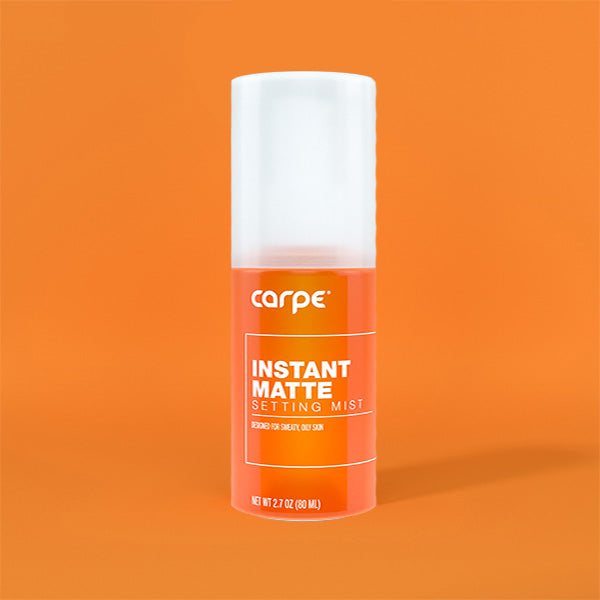

16790753702383.jpg?v=1679075372)

16790746985853.jpg?v=1679074700)


16790757289763.jpg?v=1679075731)



